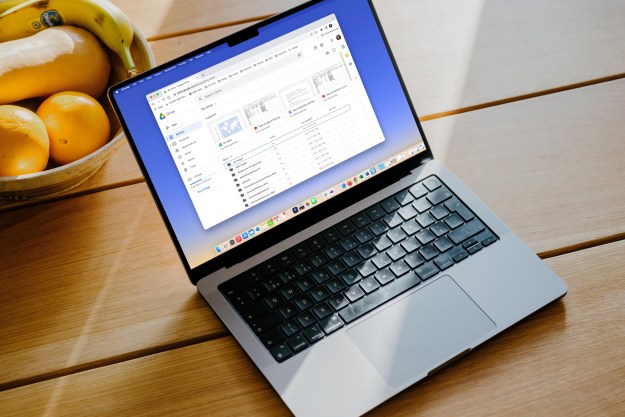
Google has made it no secret that it wants to reinvent how you visit websites on your browser by eventually getting rid of web addresses altogether. With the launch of Chrome 69, Google stunned users last week with a surprising decision to no longer display the “www” and “m” part of the URL in the Chrome search bar, but user backlash forced Google to soften its stance. Google’s course reversal, although welcomed by users, is only short term, and the search giant said it will change course once again with the release of the Chrome 70 browser.
“In Chrome M69, we rolled out a change to hide special-case subdomains “www” and “m” in the Chrome omnibox,” Google Chromium product manager Emily Schecter wrote. “After receiving community feedback about these changes, we have decided to roll back these changes in M69 on Chrome for Desktop and Android. ”
Critics have argued that by not displaying the special-case subdomains, it was harder for users to identify sites as legitimate, and the move could lead to more scams on the internet. Others go as far as questioning Google’s motives for not displaying the “www” and “m” portion of a web address, and these users speculated that the move may be to disguise Google’s AMP — or Accelerated Mobile Pages — subdomain to make it indistinguishable for the actual domain.
“Please leave URLs as they are,” one user commented on Google’s feedback forum. “Not always example.com is equivalent to www.example.com, so leave the freedom to the user to see what they typed in the address bar.”
Other users were more direct in their criticism of Google’s proposed changes for Chrome 70.
“I remain firmly convinced that some solutions are worse than the problems they address, and that hiding bits of the URL is one of them,” another user commented. “As others have stated previously both here and in other discussions about this, it will not help users learn about URLs if browsers like [Chrome] simplify them to remove complexity at the expense of clarity. Feel free to dim the unimportant parts of the domain name, or make whatever visual tweaks you think will be helpful to emphasize the main component(s) that all users should be aware of, but do not hide anything.”
Before reversing the changes it made, users were able to reveal the full web address — including the www or m subdomains — by double-clicking on the address bar in Chrome 69.
Google plans to initiate public discussions over the proposed changes for Chrome 70, and according to Schecter, the company does not plan to force other browsers into standardizing in the way web URLs are displayed. With the launch of Chrome 70, Google plans on hiding the ‘www’ portion of a web address inside the search bar, but it will continue to display the ‘m’ subdomain. ” We are not going to elide ‘m’ in M70 because we found large sites that have a user-controlled ‘m’ subdomain,” she said. “There is more community consensus that sites should not allow the ‘www’ subdomain to be user controlled.”
Google also made headlines in recent weeks with its intentions on killing off URLs altogether in a bid to make the internet safer.
Editors' Recommendations
- 5 web browsers you should use instead of Google Chrome or Edge
- Google may build Gemini AI directly into Chrome
- Google just settled a $5B privacy suit involving Chrome browser
- Google has a great idea to fix your tab chaos in Chrome
- Google could kill Gmail spam with an upcoming major update


